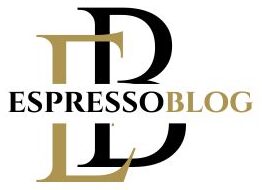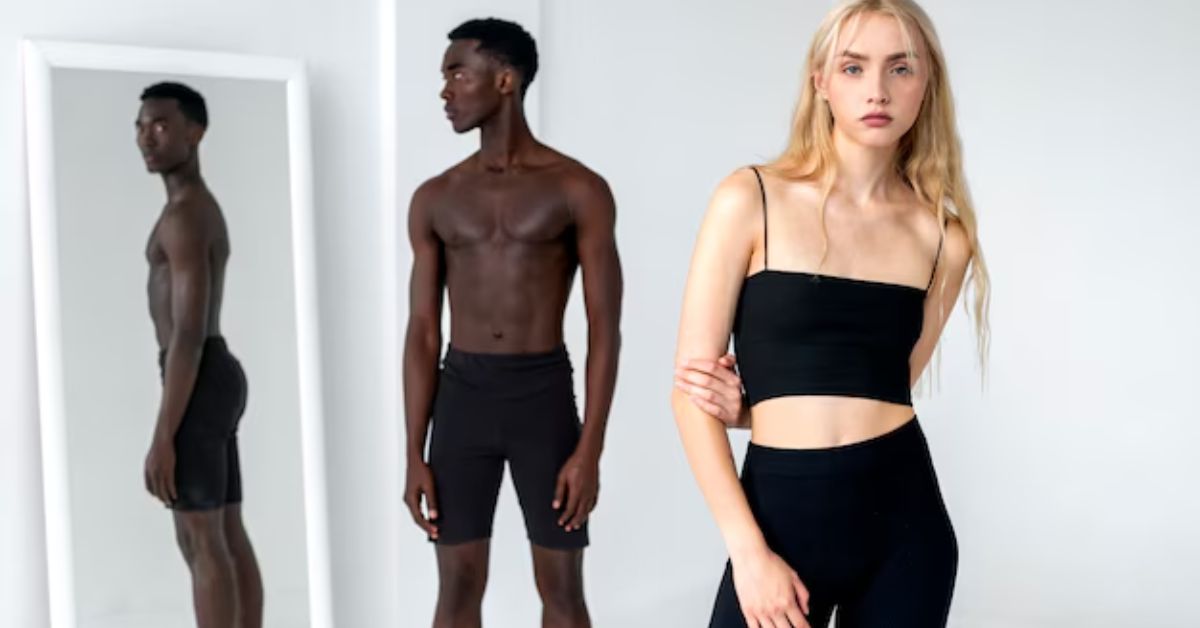Fashion editorials represent a unique art form that blends clothing design, storytelling, and visual aesthetics. Behind these stunning images lies careful attention to every detail, including the silhouettes that showcase designer pieces to their fullest potential. While conversations about body image continue to evolve, high-end fashion still often demands specific proportions to highlight garment construction and draping qualities.
Many photographers and art directors work with post-production specialists to refine body shapes after shoots. These adjustments range from subtle tweaks to more pronounced transformations depending on the creative vision. Professional services like https://retouchme.com/service/body-editor offer specialized expertise for fashion-forward imagery that requires technical precision. This approach allows for greater flexibility in model selection while still achieving the desired aesthetic outcome for luxury publications.
Practical Slimming Techniques That Work
Fashion editorials differ significantly from personal portraits or commercial advertising. The goal isn’t necessarily to create “perfect” bodies but rather to enhance how fabric moves, drapes, and interacts with the human form.
Essential principles for fashion-worthy body enhancement:
- Maintain anatomical accuracy by preserving natural body proportions even when reducing overall size, ensuring limbs remain in proportion to torso, and preserving the natural relationship between shoulders, waist, and hips.
- Preserve fabric behavior by ensuring that clothing continues to hang, fold, and wrinkle in physically plausible ways after body adjustments, with particular attention to how seams, darts, and structured elements interact with the modified form.
- Respect joint articulation by keeping elbows, knees, ankles, and other joints anatomically correct even after slimming, preventing the “rubber limb” effect that can occur when adjustments ignore skeletal structure.
- Maintain shadow logic by recalculating shadows and highlights to match the new body shape, ensuring that light interaction remains consistent with the modified form.
These considerations separate amateur body modifications from professional fashion enhancements. The RetouchMe team specializes in these nuanced adjustments that maintain visual credibility while achieving editorial standards.
Problem-Solving Specific Garment Challenges
Different clothing styles present unique challenges that often require strategic body shaping to showcase the designer’s intent. Clothes photographed on real bodies sometimes need adjustments to match runway presentation or design sketches.
Common fashion-specific adjustments:
- Structured jacket enhancement requires subtle shoulder broadening and waist tapering to achieve the inverted triangle silhouette that best displays tailoring details, allowing lapels to lie flat and buttonholes to appear straight.
- Evening gown optimization often involves elongating the torso and legs to create the statuesque proportion that best displays how luxury fabrics catch light and create dramatic movement, particularly for flowing designs.
- Swimwear and bodywear refinement focuses on creating smooth transitions between garment and skin while maintaining natural muscle definition, eliminating temporary skin compression from tight elastic.
- Layered outfit correction addresses bulk-creating fabric overlaps that can make even slender models appear heavier, requiring targeted compression of specific areas where materials bunch.
These techniques solve common problems that fashion teams encounter when translating designer visions into practical photoshoots. The goal remains showcasing the clothing effectively while maintaining believable human forms.
Balancing Enhancement with Authenticity
Strategies for responsible enhancement:
- Apply different standards to different markets by using more conservative adjustments for consumer-focused campaigns while reserving more dramatic silhouette alterations for avant-garde editorial content.
- Preserve identifying physical characteristics that make the model unique and recognizable while still addressing elements that distract from garment presentation.
- Consider the garment’s target demographic by aligning body presentation with the brand’s customer base, using more realistic proportions for accessible luxury.
- Maintain consistency across the editorial narrative by ensuring that body modifications remain uniform throughout a series, preventing situations where a model appears differently proportioned from one page to the next.
These balanced approaches help create compelling fashion imagery while acknowledging the industry’s influence on beauty standards. The most successful fashion editorials today employ enhancement techniques that serve the garment presentation without completely disconnecting from human reality.
Also Read: NBA 2K Scary Terry Shoe: A Fusion of Basketball, Gaming, and Fashion

